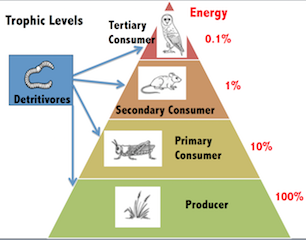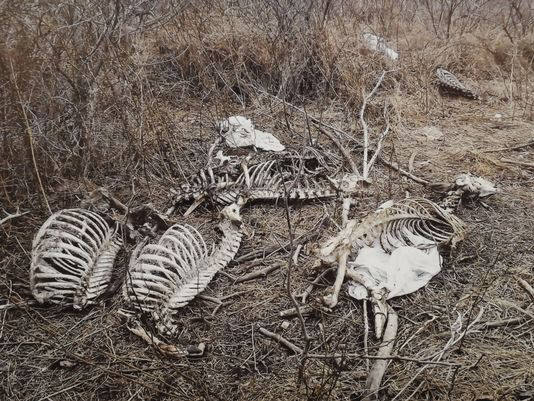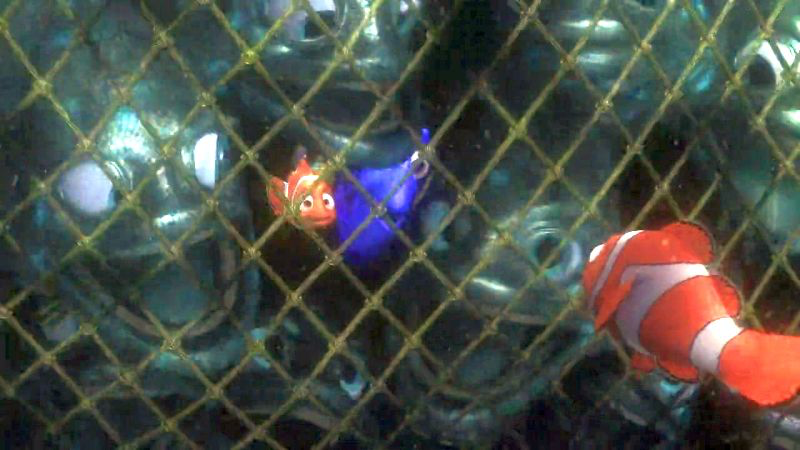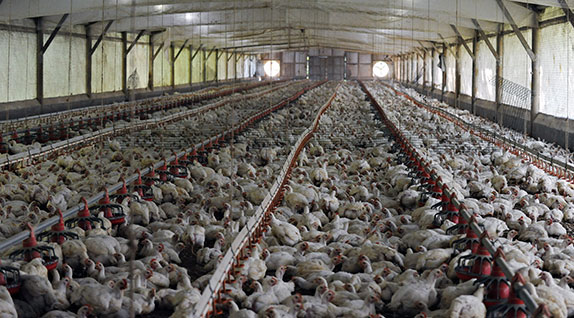Biomass Food and Biotechnology
Trophic Levels
Trophic levels are levels of a food chain.
Producers: These are usually plants, they get their energy from the sun. They convert sun energy into biomass.
Primary consumers: These are the organisms that eat the producers. The producers biomass is transferred to the primary consumer.
Secondary consumers: These are the organisms that eat the primary consumers and gain biomass.
Tertiary consumers: These are the organisms that eat the secondary consumers and gain biomass.
Quaternary consumers: These are the organisms that eat the tertiary consumers and gain biomass.
Decomposers: These are things such as bacteria and fungi that feed on waste from other organisms and the remains of dead animals. They do this by secreting enzymes that break down the organic matter. The nutrients then diffuse into the decomposers. This process releases nutrients into the earth, that the producers need in order to grow!
Pyramids and Biomass
Above is a pyramid of biomass. It shows what percentage of the biomass from the original producer is passed on to each level (biomass is just organic material - material that is/was living). The percentage of biomass that is passed on to each level decreases, this is because each organism uses some of the biomass in everyday life processes.
Biomass Transfer
Energy from the sun supplies nearly all life on earth with energy. The plants directly gain energy from the sun. Organisms indirectly gain energy from the sun by consuming plants or animals that have consumed plants. No matter what, a food chain ALWAYS begins with a consumer. However, only about 10% of the energy is passed on to each trophic level.
This is due to loss of biomass along the food chains:
- Waste products - organisms use up some of their biomass and lose it through waste, such as feces, urine, sweat etc…
- Uneaten material - this is either the uneaten material that cannot be digested (such as bones) or it is the uneaten carcass of an animal that had died through natural causes. The ‘lost’ biomass from these are not passed onto the next level, but instead return to the earth through decomposition.
Biomass transfer efficiency
You can work out the efficiency of biomass transfer between trophic levels by using the equation below:
Food Security and Farming
Food security is making sure that we have enough food to feed the whole population.
There are a few things that can reduce food security, the main culprits are:
__Overfishing __- this is when fishing boats take too many fish from the ocean
Overfishing reduces the amount of fish that are in the ocean, if there are less fish, there are less fish to reproduce. Therefore it can cause a massive reduction in the amount of available fish in the near future
To tackle this problem, fishing quotas are introduced in some areas. This means that fishermen are only allowed to catch a certain amount of fish. If they catch too much, they have to give some back!
__Net mesh size: __Using different sized nets for different sized fish reduces the amount of fish that are accidentally caught. For example, if fishing for tuna, a large net mesh size will be used so that smaller fish can escape.
Factory farming
Factory farming is a type of farming which is done on a large scale.
A few things are done that makes factory farming extremely efficient:
- Limit the movement of livestock, so they lose less energy to the environment
- Keep live-stock in temperature controlled environments to reduce their energy loss to the environment
- Forcing the live-stock to conserve energy means that there is more energy available for growth.
Issues surrounding factory farming:
Positives:
- Factory farming provides lots of food for our growing population
- Factory farm products can be sold cheaply.
Negatives:
- The animals are kept in unnatural and cruel environments. Such as they are kept in small cages and sit in their own filth.
- Since animals are kept in such close contact with each other, the spread of disease is more of a threat.
- It takes lots of energy to power factory farms, this usually means burning fossil fuels which is bad for the environment.
- Factory farmed animals are very often pumped with hormones and drugs to promote growth and to keep them producing milk/eggs unnaturally
Biotechnology
Mycoprotein
Since the human population is already overgrown and is growing still, the security of food is becoming more and more of a problem. Modern technology can be used to try to tackle this!
Mycoprotein is a type of protein that is taken from funghi. It is a popular alternative to meat substitutes (you’ve probably heard of Quorn products, this is mycoprotein)!
The fungus needs to be supplied with oxygen, ammonia and other materials in order for it to grow. Once ready, the fungus is harvested, purified and dried to make mycoprotein. Other ingredients are then added to make a variety of vegetarian meals.
Producing human insulin
Modern technology can be used to make bacteria produce human insulin. This is done in the following steps :
- A loop of DNA (plasmid) is removed from a bacterial cell.
- The insulin producing gene is cut out from the DNA of a human cell. An enzyme i used to do this.
- The plasmid is cut open using the same enzyme.
- The insulin producing gene is inserted into the plasmid.
- Ligase enzyme is used to connect the plasmid back together
- The genetically modified bacteria cell is kept under controlled conditions to promote rapid division.
- The cell quickly multiplies to produce billions of bacteria cells that all produce human insulin
- The human insulin is harvested, purified and used to treat people with diabetes.





